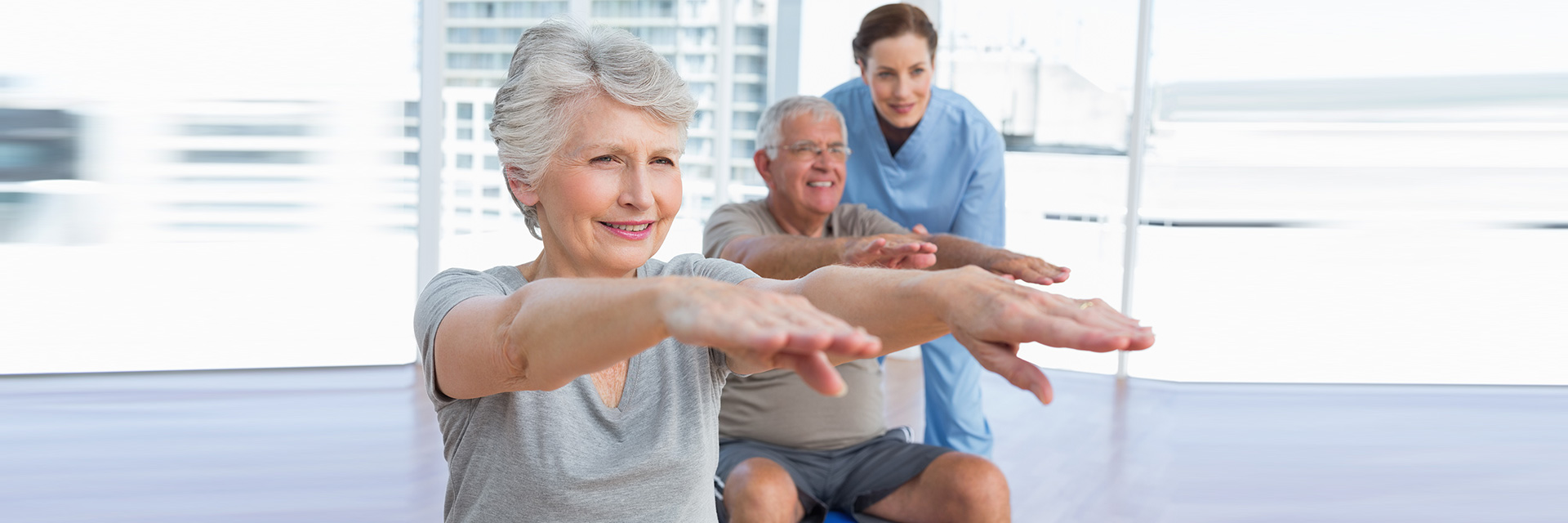Regularly checking your blood sugar can work with your diet and exercise plan to help you control your diabetes better and stay ahead of any spikes or dips before they happen.
When you eat, your food is broken down into a sugar called glucose. Glucose gives your body the energy it needs to work, but in order for your body to use glucose, it needs help from insulin. When you have diabetes, your body does not make enough insulin or use it efficiently, which causes the glucose to stay in your blood.
Your blood glucose, or blood sugar, level is an essential measure of your health, but when you have diabetes, regularly checking your blood sugar is a crucial part of controlling the disease since your body cannot naturally regulate your blood glucose level.
How often you should test your blood sugar varies from person to person and is something your doctor will discuss with you, but a general recommendation is at least once a day.
If you are taking insulin, you should check prior to every meal so you can properly administer the correct dose, something your doctor will work with you to learn how to do.
Checking your blood sugar often can help you make decisions about food and activity throughout the day, but it can sometimes be hard to understand what can raise your blood sugar levels and what can cause them to dip too low.
According to the American Diabetes Association, common causes for blood sugar spikes include:
- Eating too much food, especially if it is high in carbohydrates
- Improper dosage of insulin or medication, or skipping medications
- Not getting enough exercise
- Drug interactions
- Illness — Hormones released by your immune system to fight your illness raise blood sugar levels
- Stress ― Hormones produced when we are stressed raise blood sugar levels
- Short- or long-term pain, like that caused by a sunburn or pulled muscle
- Menstrual periods, which cause changes in hormone levels
- Dehydration
Common causes for blood sugar dips include:
- Not enough food, like a meal or snack with fewer carbohydrates than usual, missing a meal or snack
- Too much insulin or oral diabetes medications
- Side effects from other medications
- More physical activity or exercise than usual
Exercise plays a very important role in controlling diabetes as well as improving your overall health. However it is important to note that physical activity makes your body more sensitive to insulin and can lower blood glucose, so too much exercise all at one time, or more than you’re used to, can cause your blood glucose to fall dangerously low.
If your blood glucose is between 135 and 240, then moderate exercise won’t cause your blood sugar to drop sharply during your workout. But if your blood glucose is below 135, you should eat a snack, ideally a carbohydrate with a protein and a fat, before exercising, and if your blood sugar is about 240, you should try to bring it down to a safe range with water or wait until later in the day.
Use the scenarios below as examples of how to control your blood sugar before and after working out:
Scenario 1: Your blood glucose is 120 prior to your trip to the gym. During the next hour, you spend 20 minutes on the treadmill, 20 minutes on different weight machines (weight training) and then 20 minutes on the elliptical or doing yoga.
You are burning quite a few calories with all of this, which is also burning carbohydrates or stores of glycogen, so during the last 10 minutes of exercise you begin feeling weak and notice blurred vision.
You check your blood glucose and it is now 65. If you had not stopped to check your blood sugar levels and respond, you would have been at risk of passing out, which can lead to a diabetic coma unless treated quickly. This is a hypoglycemic event, and you should have glucose tablets with you to correct this quickly, and a snack to have after you have corrected your blood glucose.
Scenario 2: Your blood glucose is 268 prior to exercise and you do the same exercise noted in Scenario 1.
You finish your exercise and go home. An hour later you check your blood glucose and it is now 341. You check every hour and note it is still rising. This prompts you to take action by drinking a lot of water to help bring your blood glucose levels down and calling your doctor.
Whether you’ve had diabetes for a long time or you have been recently diagnosed, it’s important to remember that diabetes is highly manageable, and with the guidance of your medical team, there’s a lot that you can do to keep yourself healthy! Making a commitment to regularly test your blood sugar can help you on your journey of staying happy and healthy while living with diabetes.
For more information about diabetes, contact a Texas Health provider at TexasHealth.org.

